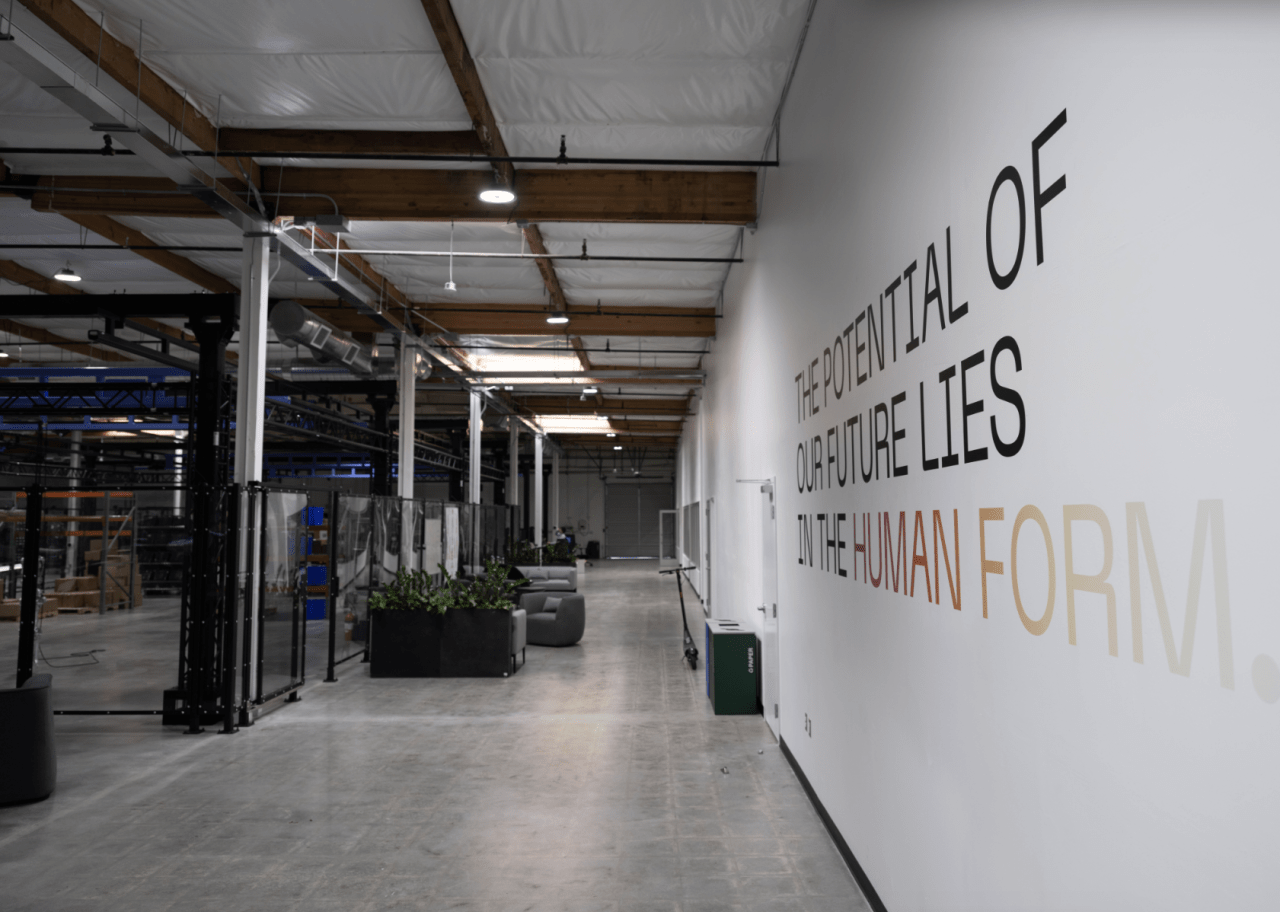In a strikingly underwhelming building in Sunnyvale, California, a team is quietly making waves in the world of robotics. Figure, a startup that’s just celebrated its first anniversary, is on the verge of a milestone that could redefine humanoid robotics. The concept of machines that can navigate human spaces and perform tasks with human-like dexterity has intrigued us for decades, but Figure is determined to turn that intrigue into operational reality. With a recent promise from founder and CEO Brett Adcock of the humanoid robot’s first steps just around the corner, it’s time to explore what makes Figure stand out in this exciting yet competitive field.
Engineering Marvels: The Journey of the Humanoid Robot
At the heart of Figure’s innovation lies the methodical engineering of what could become an everyday fixture in industry. This journey begins with painstakingly detailed testing of each robot component—a skeleton, hands, and beyond—all coming together to create the humanoid of tomorrow. The hands, boasting remarkable dexterity, are trained to perform simple tasks continuously before they can progress to more advanced actions, like mobile manipulation. Adcock humorously recounts how one finger seemed to have a mind of its own during a customer demo—a reminder that even robots can have quirky “personalities” as they learn.
But let’s not underestimate the foundations upon which Figure stands. With $100 million in funding, gathered during his previous entrepreneurial ventures, Adcock is not just a dreamer but a builder, assembling a qualified team from tech giants like Boston Dynamics, Tesla, and Apple. Their collective expertise positions Figure uniquely in a landscape where competition is fierce yet entirely uncharted.
Breaking Ground in a Stagnant Space
- Competition: It’s essential to recognize that while Boston Dynamics’ Atlas serves as a benchmark in humanoid robotics, it remains a research project rather than a commercial product. Figure seeks to bridge the gap that has existed for years since the DARPA Robotics Challenge, where the only significant progress has come from a few trailblazers.
- Market Intent: Unlike visions like Elon Musk’s Optimus, which imply an all-encompassing humanoid capable of household chores, Figure strives to focus first on industrial applications, establishing a realistic path towards integration into the workforce.
- Innovation Through Iteration: Figure’s development prioritizes flexibility and responsiveness in design. With panels covering its skeleton, not only does aesthetics come into play, but so does safety, creating a sophisticated shield that eases concerns for human workers nearby.
The Challenge of Human Interaction
As Figure progresses through its testing phases, they’re cognizant of the need for a human-machine interface that feels intuitive. Rather than attempting to anthropomorphize the robot by adding facial features, Adcock’s team is exploring innovative displays that communicate meaningful information efficiently. He aptly points out the importance of avoiding a “dead stare”—an element that could further alienate the robot from its human co-workers. Instead, they’re focusing on flexible OLED screens as a way for the robot to communicate effectively, thus embedding it deeper into collaborative working spaces.
Learning from the Past: Embracing a Future of Robotics
Throughout this endeavor, Figure is accumulating invaluable lessons regarding the adoption and integration of humanoid robots. As they approach their first walking tests and beyond, they ponder questions of autonomy, adaptability, and scalability. Can a humanoid robot learn on the job while growing its skillset over time? Or will it always be bound by the constraints of its initial programming? These questions persist as the industry navigates toward a future where robots could be invaluable helpers in factories, care homes, and homes.
Conclusion: The Future Awaits
Figure is not merely creating a robot; it’s pioneering a pathway to the future of humanoid machines, setting its sights on industrial applications while keeping an eye on the broader horizon. The potential for these robots to evolve into everyday companions in various contexts is both thrilling and daunting. As they prepare for the next phases of development, the world watches closely. Will they achieve the monumental feat of creating a humanoid robot that truly enhances our lives?
Their first steps may be a small event in the grand scheme of technology, but they could resonate throughout the robotic landscape and beyond. At fxis.ai, we believe that such advancements are crucial for the future of AI, as they enable more comprehensive and effective solutions. Our team is continually exploring new methodologies to push the envelope in artificial intelligence, ensuring that our clients benefit from the latest technological innovations. For more insights, updates, or to collaborate on AI development projects, stay connected with fxis.ai.

